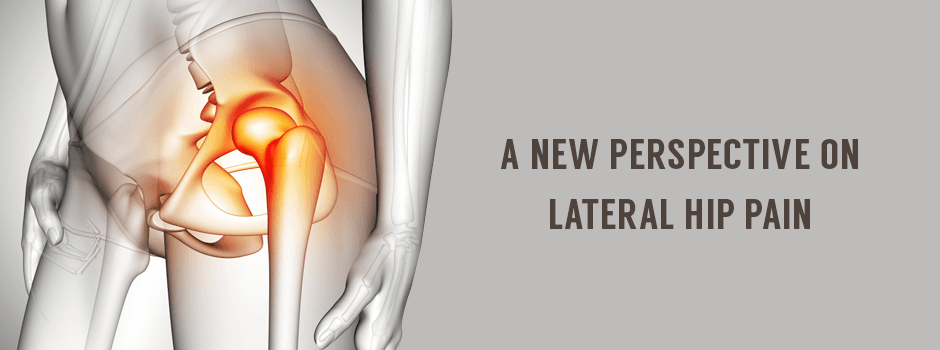The sports medicine professionals at NYDNRehab understand human movement science and how mechanical deficiencies can lead to structural pain. We conduct a comprehensive physical exam, ultrasound imaging and 3D motion and gait analysis testing for motor deficiencies, to get to the bottom of your lateral hip pain.
NYDNRehab is committed to not just treating your pain, but to resolving it by getting to the source. Our advanced treatment strategies are cutting edge, geared to getting you back on your feet and physically active again. Call NYDNRehab today, and find out why we are the leading specialists for lateral hip pain in NYC.
Get all the benefits of physical therapy and chiropractic care via safe and effective online sessions, all from the privacy and convenience of your home, office or hotel room. Never miss a session, and keep moving toward your physical therapy goals.
Extracorporeal shockwave therapy(ESWT) , has proven to be the most effective and non-invasive modality for treating bursitis, with a 93% success rate, according to research. While ESWT can relieve pain and regenerate gluteal tendons, it does not improve mechanical issues, motor control or gait.
Gait-specific physical therapy must be undertaken to improve:
- Lateral hip strength
- Pelvic alignment
- Pelvic stability
- Gait
- Core stability
At NYDNRehab we use the most advanced hip physical therapy approaches to improve all related movement deficiencies. Our clinic features the most advanced technologies available in the US to retrain the lower kinetic chain. Our Computer Assisted Rehabilitation Environment (C.A.R.E.N.) is the very first technology to provide instantaneous movement feedback based on pressure, forces, kinematics, and artificial intelligence algorithms, enabling brain-muscle retraining.





























































